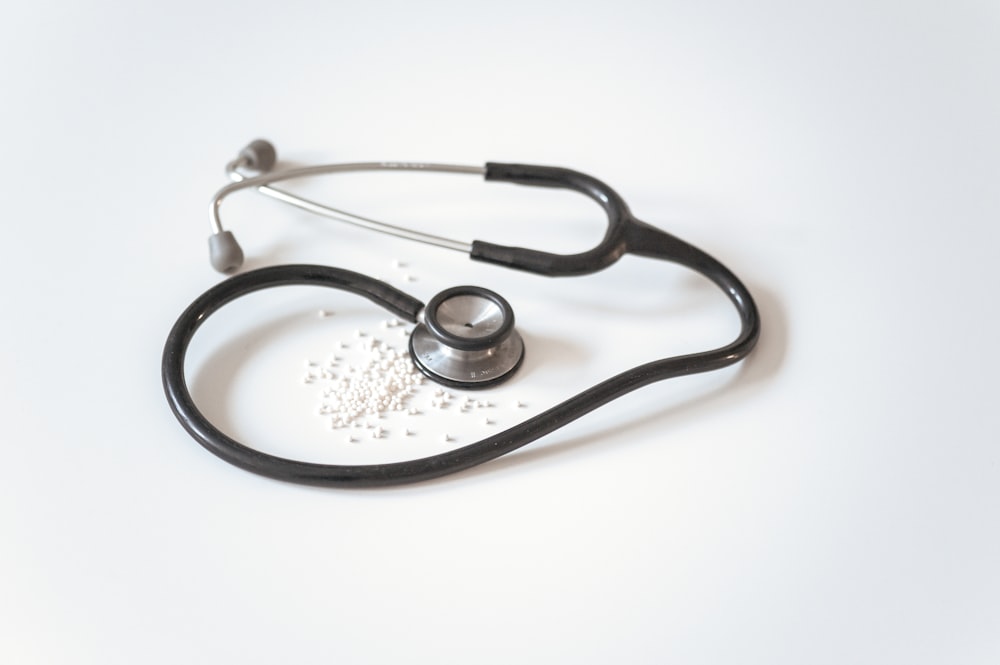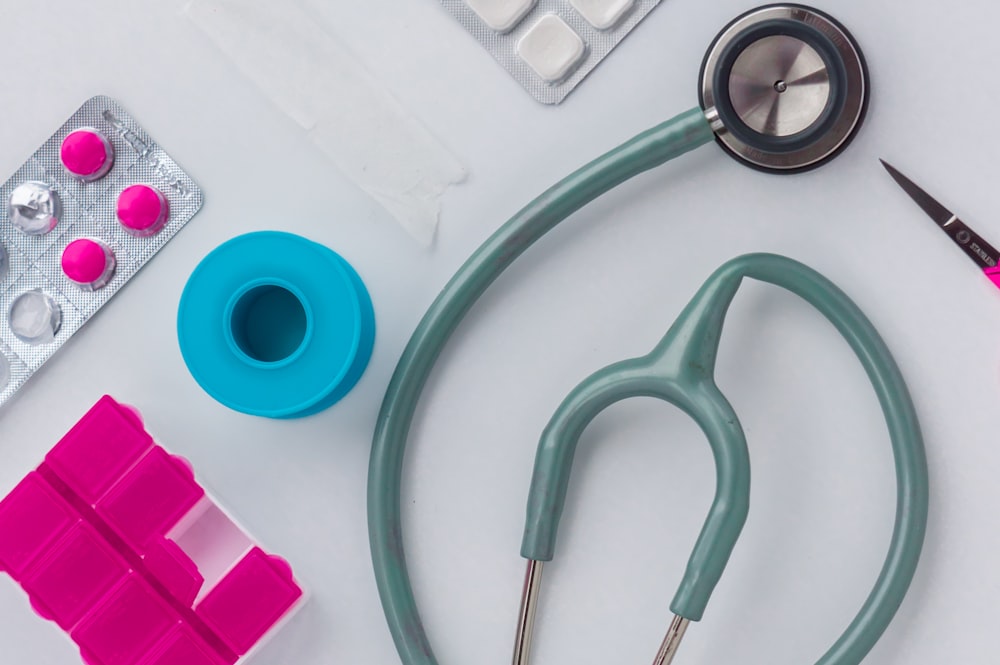-- Alliance will assess the use of Sareptas proprietary gene editing technology and Genevants proprietary LNP delivery platform for multiple neuromuscular targets --
-- Sarepta to have options for an exclusive license to Genevants LNP technology for four neuromuscular indications --
-- Genevant may receive approximately $50 million in near-term payments and is also eligible for significant future milestones and royalties --
CAMBRIDGE, Mass., VANCOUVER, British Columbia, and BASEL, Switzerland, Jan. 13, 2021 (GLOBE NEWSWIRE) -- Sarepta Therapeutics, Inc. (NASDAQ:SRPT), the leader in precision genetic medicine for rare diseases, and Genevant Sciences, a leading nucleic acid delivery company with world-class platforms and the industrys most robust and expansive lipid nanoparticle (LNP) patent estate,today announced a research collaboration and option agreement for the delivery of LNP-gene editing therapeutics in Sareptas pipeline for neuromuscular diseases. LNPs offer the potential for a non-viral approach to gene editing and can provide both optimal uptake into desired cells and efficient release, resulting in functional delivery of gene editing cargo, such as CRISPR-Cas, to target tissues.
Gene editing has the potential to revolutionize the treatment of diseases caused by genetic mutations - including rare neuromuscular diseases - by permanently altering genes that lead to disease. Sarepta is pursuing a variety of approaches to genetic medicine including exon skipping, gene therapies and gene editing in pursuit of cures for rare diseases.
Under the terms of the agreement, Genevant will design and collaborate with Sarepta in the development of muscle targeted LNPs to be applied to gene editing targets in early stage development. Sarepta will have rights to an exclusive license to Genevants LNP technology for up to four neuromuscular indications, including Duchenne muscular dystrophy. Genevant may receive approximately $50 million in near-term payments and is also eligible for significant future development, regulatory and commercial milestones and tiered royalties ranging from the mid-single to low-double digits on future product sales.
As Sarepta works to advance precision genetic medicine across multiple modalities, weve invested in partnering and research efforts focused on improving the utility and benefit of gene-based medicines and providing the greatest possible outcome to patients. This includes advancing our pre-clinical gene editing program, looking at both viral and non-viral methods to produce a functional gene in order to treat a broad range of neuromuscular diseases, said Doug Ingram, president and chief executive officer, Sarepta Therapeutics.Genevants established leadership and proven LNP technology offers the potential to deliver gene editing machinery to targeted tissue through a non-viral delivery approach. Applying this science to neuromuscular diseases fits squarely within our mission to translate scientific breakthroughs into meaningful advances for patients whose lives have been impacted by rare disease.
Genevant scientists have been at the forefront of LNP delivery of nucleic acids for over 20 years. Our platform is the most clinically validated in the space and is the delivery technology behind the first nucleic acid-LNP product to have achieved FDA approval, said Pete Lutwyche, Ph.D., president and chief executive officer, Genevant Sciences Corporation. Efficient, optimized delivery is often the difference between successful and unsuccessful nucleic acid drug development, and we are excited to bring our experience to Sareptas gene editing programs in neuromuscular disease where new options and new approaches are desperately needed.
About Genevant SciencesGenevant Sciences is a leading nucleic acid delivery company with world-class platforms, the industrys most robust and expansive lipid nanoparticle (LNP) patent estate, and decades of experience and expertise in nucleic acid drug delivery and development. The Companys scientists have pioneered LNP delivery of nucleic acids for over 20 years, and the Companys LNP platform, which has been studied across more than a dozen discrete product candidates and is the delivery technology behind the first and only approved RNAi-LNP (patisiran), enables a wide array of RNA-based applications, including vaccines, therapeutic protein production, and gene editing. Genevant Sciences is committed to transforming the future of human health. For more information, please visitwww.genevant.com.
AboutSarepta TherapeuticsAt Sarepta, we are leading a revolution in precision genetic medicine and every day is an opportunity to change the lives of people living with rare disease. The Company has built an impressive position in Duchenne muscular dystrophy (DMD) and in gene therapies for limb-girdle muscular dystrophies (LGMDs), mucopolysaccharidosis type IIIA, Charcot-Marie-Tooth (CMT), and other CNS-related disorders, with more than 40 programs in various stages of development. The Companys programs and research focus span several therapeutic modalities, including RNA, gene therapy and gene editing. For more information, please visitwww.sarepta.com or follow us on Twitter, LinkedIn, Instagram and Facebook.
Forward-Looking StatementsThis press release contains "forward-looking statements." Any statements contained in this press release that are not statements of historical fact may be deemed to be forward-looking statements. Words such as "believes," "anticipates," "plans," "expects," "will," "intends," "potential," "possible" and similar expressions are intended to identify forward-looking statements. These forward-looking statements include statements regarding the parties obligations and responsibilities under the agreement, potential payments and fees and Sareptas right to an exclusive license to Genevants LNP technology for up to four neuromuscular indications; the potential benefits of LNPs, including offering a non-viral approach to gene editing that can provide both optimal uptake into desired cells and efficient release, resulting in functional delivery of gene editing cargo, such as CRISPR-Cas, to target tissues; the potential for gene editing to revolutionize the treatment of diseases caused by genetic mutations including rare neuromuscular diseases by permanently altering genes that lead to disease; the goal of Genevant to design and collaborate with Sarepta in the development of muscle-targeted LNPs that can be applied to gene editing targets in early stage development; and Sareptas goal to advance its pre-clinical gene editing program, looking at both viral and non-viral methods to produce a functional gene in order to treat a broad range of neuromuscular diseases.
These forward-looking statements involve risks and uncertainties, many of which are beyond Sareptas control. Known risk factors include, among others: the expected benefits and opportunities related to the collaboration between Sarepta and Genevant may not be realized or may take longer to realize than expected due to challenges and uncertainties inherent in product research and development. In particular, the collaboration may not result in the discovery of any new therapeutic compounds or any viable treatments suitable for commercialization due to a variety of reasons, including any inability of the parties to perform their commitments and obligations under the agreement; Sarepta may not be able to execute on its business plans and goals, including meeting its expected or planned regulatory milestones and timelines, clinical development plans, and bringing its product candidates to market, due to a variety of reasons, many of which may be outside of Sareptas control, including possible limitations of company financial and other resources, manufacturing limitations that may not be anticipated or resolved for in a timely manner, regulatory, court or agency decisions, such as decisions by the United States Patent and Trademark Office with respect to patents that cover Sareptas product candidates and the COVID-19 pandemic; and those risks identified under the heading Risk Factors in Sareptas most recent Annual Report on Form 10-K for the year ended December 31, 2019, and most recent Quarterly Report on Form 10-Q filed with the Securities and Exchange Commission (SEC) as well as other SEC filings made by Sarepta which you are encouraged to review.
Any of the foregoing risks could materially and adversely affect Sareptas business, results of operations and the trading price of Sareptas common stock. For a detailed description of risks and uncertainties Sarepta faces, you are encouraged to review the SEC filings made by Sarepta. We caution investors not to place considerable reliance on the forward-looking statements contained in this press release. Sarepta does not undertake any obligation to publicly update its forward-looking statements based on events or circumstances after the date hereof.
Internet Posting of Information by Sarepta
We routinely post information that may be important to investors in the 'For Investors' section of our website atwww.sarepta.com. We encourage investors and potential investors to consult our website regularly for important information about us.
Source: Sarepta Therapeutics, Inc.
Contacts:
Sarepta Therapeutics, Inc.Investors: Ian Estepan, 617-274-4052, iestepan@sarepta.comMedia: Tracy Sorrentino, 617-301-8566, tsorrentino@sarepta.com
Genevant SciencesPete Zorn, pete.zorn@genevant.com


